KNOWING the Costs of Production is essential to the viability and good planning of any equine breeding operation.
2016 saw no significant changes in sales prices achieved across the different age brackets of sport horses at public auctions despite the challenges of Brexit and the fluctuation in currency rates during the year.
As we embark on the 2017 breeding and sales season, we must be mindful that the marketplace is constantly seeking quality animals that are fit for purpose. With Britain being the largest consumer of Irish sport horses; Brexit could have major implications for the sport horse sector, particularly for the middle market of horses. Therefore, it is vital to take stock of the costs of production and what the potential financial returns are, in order to make informed decisions regarding breeding and meeting market requirements.
Costs of Production
Like any commercial enterprise, one must analyse the previous year’s accounts and see whether your costs are being covered or not. Ideally one should look back over the last two to three years and average the costs of production as there may be a year where costs were particularly high due to unforeseen circumstances. Likewise, one should analyse what returns they got at time of sale and compare to prices achieved at public auction as this is the only information that is available in the public domain regarding the sale of horses. Some 27% of horses are sold through the auction houses, namely Cavan Equestrian Centre and Goresbridge Horse sales. The results of these sales are not a complete representation of the industry, however we can learn from them some important points about the current climate.
Table 1 shows costs which are conservative and exclude stud fee, repayments on fixed assets, labour, training fees and other associated costs, and assume reasonable fertility.
Adding together the total for the mare and foal, the average cost of getting your foal to weanling is €1,651 and it’s important to note that this does not include stud fee.
From the table, it is clear that the elite sales are significantly improving the returns for breeders whose stock are selected for this medium of marketing and sale.
It is important to note that the elite sales can only be as good as the product they have on offer for sale. The trend is clearly showing that if you breed what the market requires it is prepared to financially reward you.
These tables strongly suggest that the majority of breeders who are in the average bracket of the sales returns are losing money when you exclude the elite sales results and take stud fee and estimated costs of production into account. The law of diminishing returns sets in particularly when you add costs of breaking and producing horses to four-year-old and over.
Going forward
One of the key factors which influence breeding enterprises is finance. Many breeders want to breed for the market place but cannot afford to buy a mare with a strong dam line for their chosen market. This issue was addressed at the recent Teagasc National Equine Conference, ‘Opportunities to Grasp’, which was held in Kilkenny last November. Partnerships were a key theme throughout the day with the majority of speakers recommending breeders combining forces to produce horses which meet market demands.
Possible collaborative options which were discussed were:
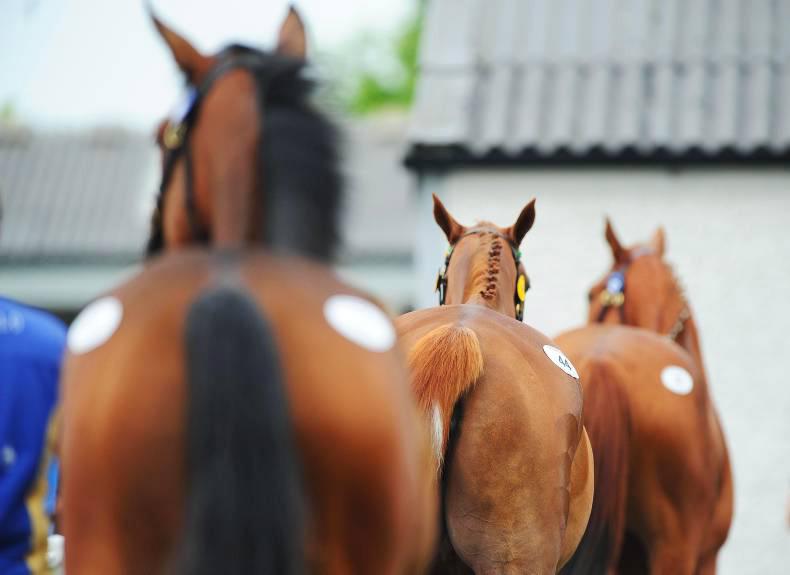

 This is a subscriber-only article
This is a subscriber-only article
 It looks like you're browsing in private mode
It looks like you're browsing in private mode





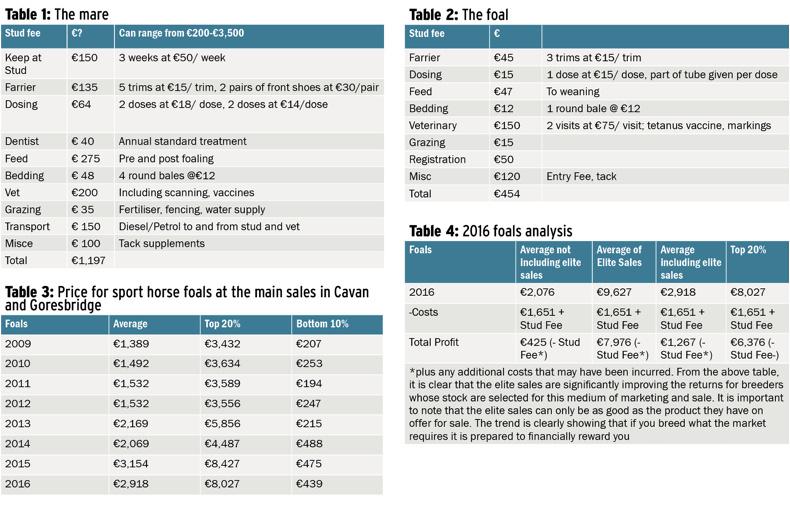
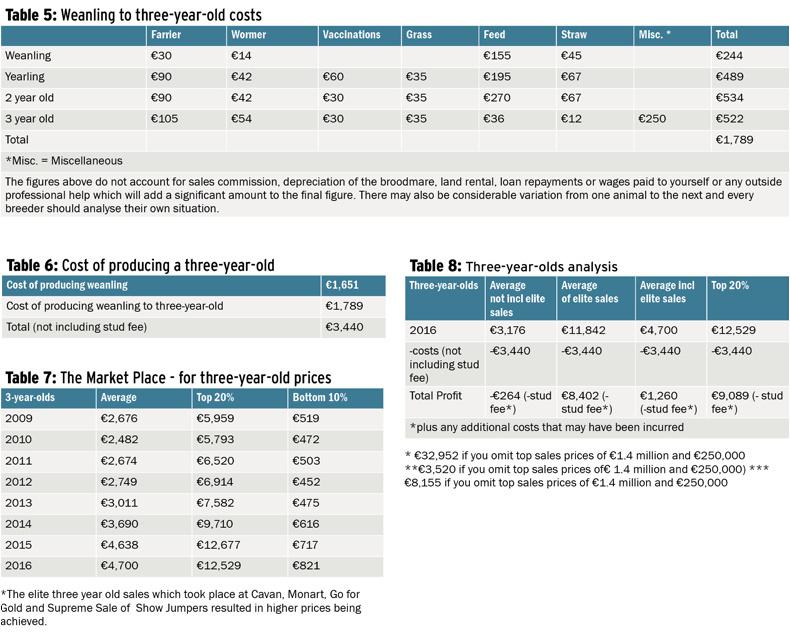




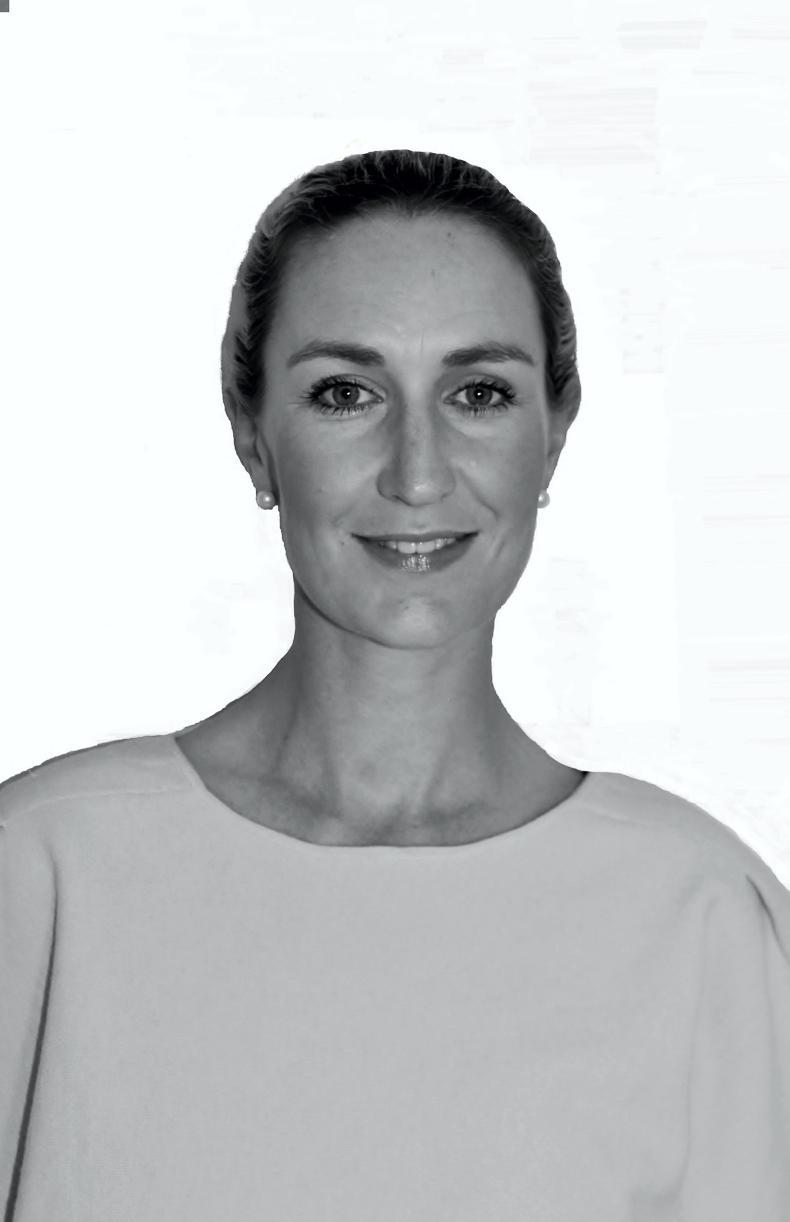
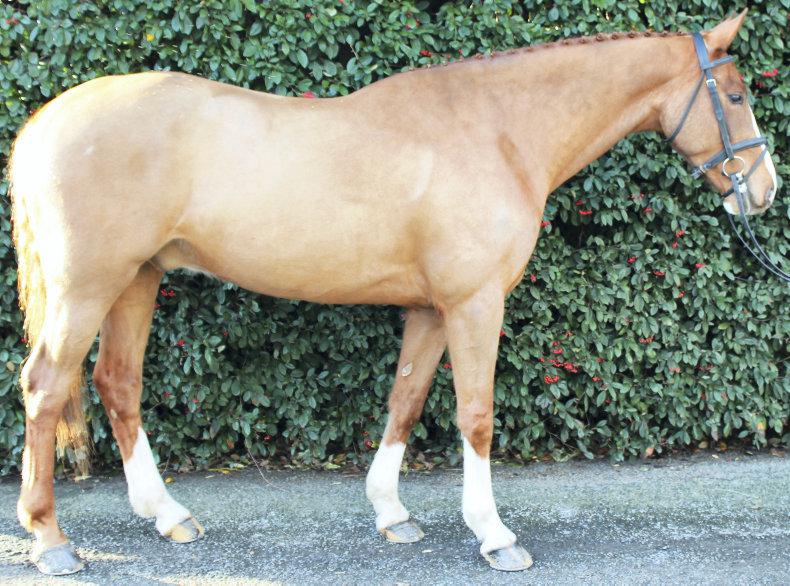
SHARING OPTIONS: